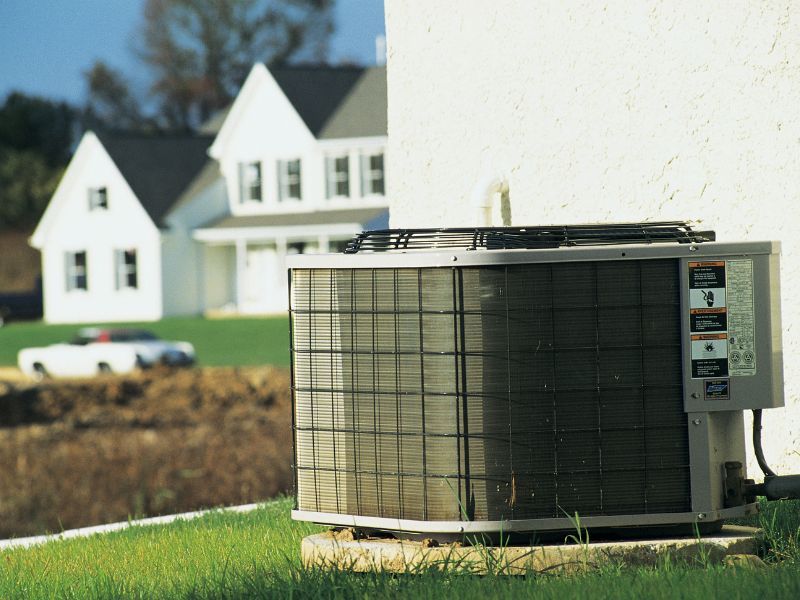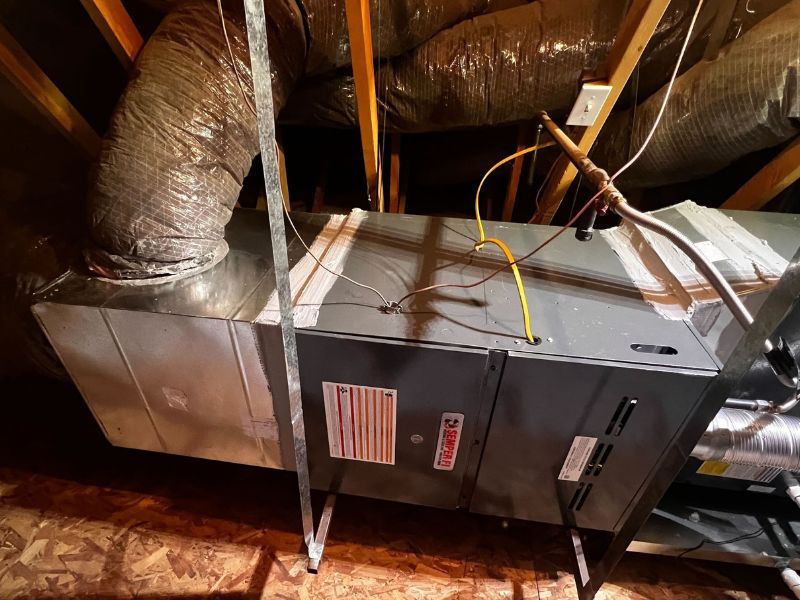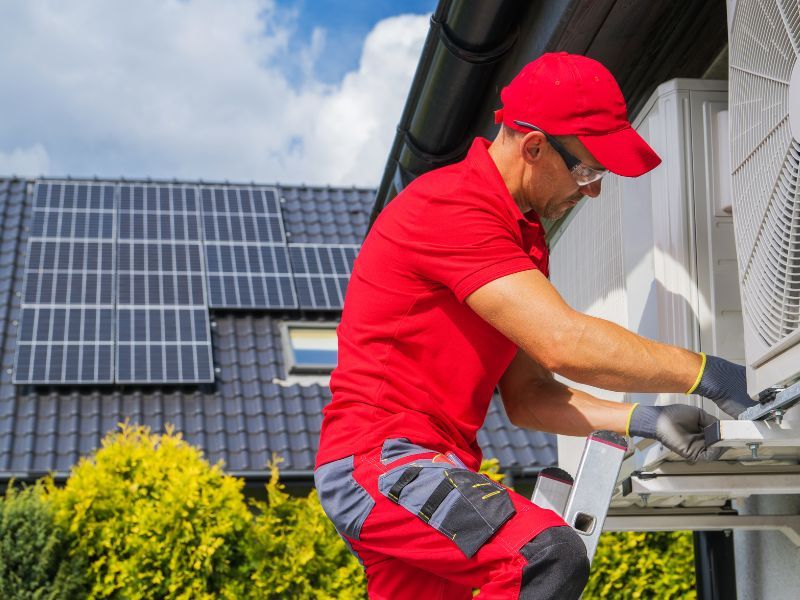what is EER (Energy Efficiency Ratio)?
EER, or Energy Efficiency Ratio, is a measurement used to assess the efficiency of cooling systems, particularly air conditioners and heat pumps, in terms of their energy consumption relative to their cooling capacity.
EER provides a direct indication of how efficiently a cooling system can convert electrical energy into cooling output. A higher EER value signifies a more energy-efficient system that provides more cooling for each unit of electricity consumed.
EER is commonly used to compare the efficiency of different cooling systems and to help consumers make informed choices when selecting air conditioning or heat pump equipment.
People Also Ask About EER (Energy Efficiency Ratio)
How is EER different from SEER?
While both EER and SEER (Seasonal Energy Efficiency Ratio) assess cooling system efficiency, EER provides a fixed efficiency measurement at a specific operating condition, while SEER considers efficiency over an entire cooling season and accounts for varying conditions.
Why is EER important when choosing cooling equipment?
EER is crucial because it helps consumers identify and compare the energy efficiency of cooling systems. A higher EER value means the system produces more cooling output per unit of energy consumed, resulting in potential energy savings and lower operating costs.
What is a good EER rating for cooling systems?
A good EER rating varies depending on the type of cooling system and its intended use. Generally, higher EER ratings, such as 12 or above, indicate more energy-efficient systems that provide better cooling performance.
HVAC System Cost & HVAC Reviews
Related Pages
Categories


